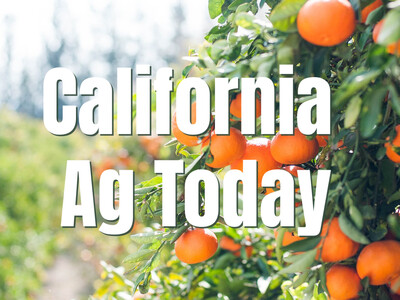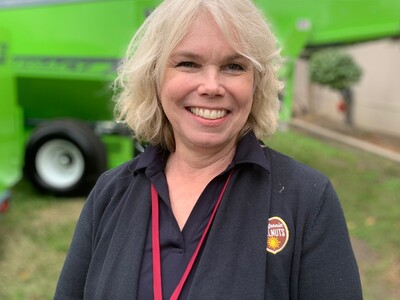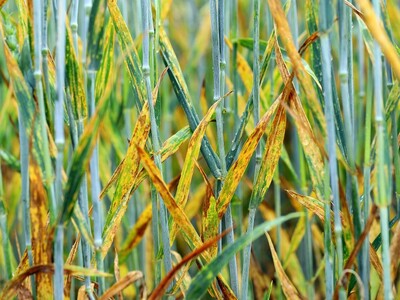Spatial Variability

Tim Hammerich
News Reporter
Precision agriculture has taught us a lot about variability in a crop field, especially in how that impacts yield. Dr. Steve Shirtliffe and colleagues at the University of Saskatchewan want to take that concept even further - or deeper in this case. They are testing tools to try to understand and characterize spatial variability in soils.
Shirtliffe... "One thing that we're looking at though, like when I talked about some of the newer stuff of the field scale availability we're looking at is this whole idea of quantifying how much of that spatial variability that's temporally stable. So the spatial variability that over the long run is there, how much does that vary within individual fields? And that's what I really want to get a handle on. We just recently got some funding from WGRF. The goal of this one is to build a map of all of Western Canada at a 10-meter pixel level. And we're, we want to be able to assign essentially. How much spatial variability is there within each field in Western Canada? And that will become a driver for the adoption of no-till. Obviously, for fields that have very little stable spatial variability, it's not such a big deal, but for fields that have a large amount of spatial variability, it's going to make economic as well as environmental sense to do that. I think we're just at the beginning if we get back to this and we're just starting down this road."
A better understanding of spatial variability will help farmers identify the un underlying causes of yield variability.













